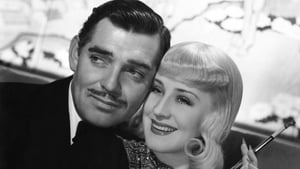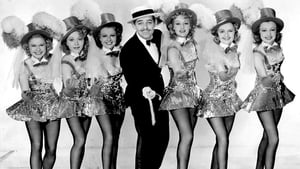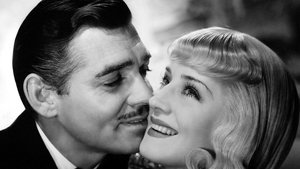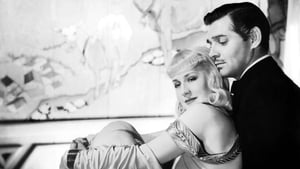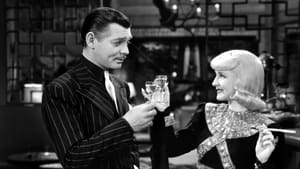Buy Idiots Delight Colorized for 14.99€
DOWNLOADS ONLY. NO DVDS.
Video Sources 0 Views
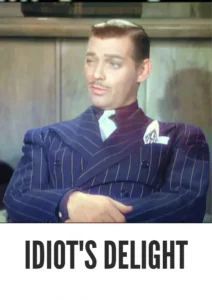
Synopsis
Idiot’s Delight 1939 Colorized In Clark Gable’s only musical performance on film, “The King of Hollywood” plays World War I veteran Harry Van (Clark Gable), who is attempting to revive his career in show business. Twenty years after a brief romantic liaison with beautiful Russian acrobat Irene (Norma Shearer), Harry finds himself stranded in a European hotel during the outbreak of World War II. While he waits for the borders to be reopened, Harry meets a mysterious woman who may be Irene.

Check The Full Colorized Movies List
Check Our Colorized Movies Trailer Channel
Original title
Idiot's Delight
IMDb Rating
6.5 1,725 votes
TMDb Rating
5.7 11 votes
Director
Director
Cast
Harry Van
Irene Fellara
Achille Weber
Dr. Hugo Waldersee
Capt. Kirvline
Quillary
Madame Zuleika
'Don' Navadel
Mr. Jimmy Cherry
Mrs. Cherry
